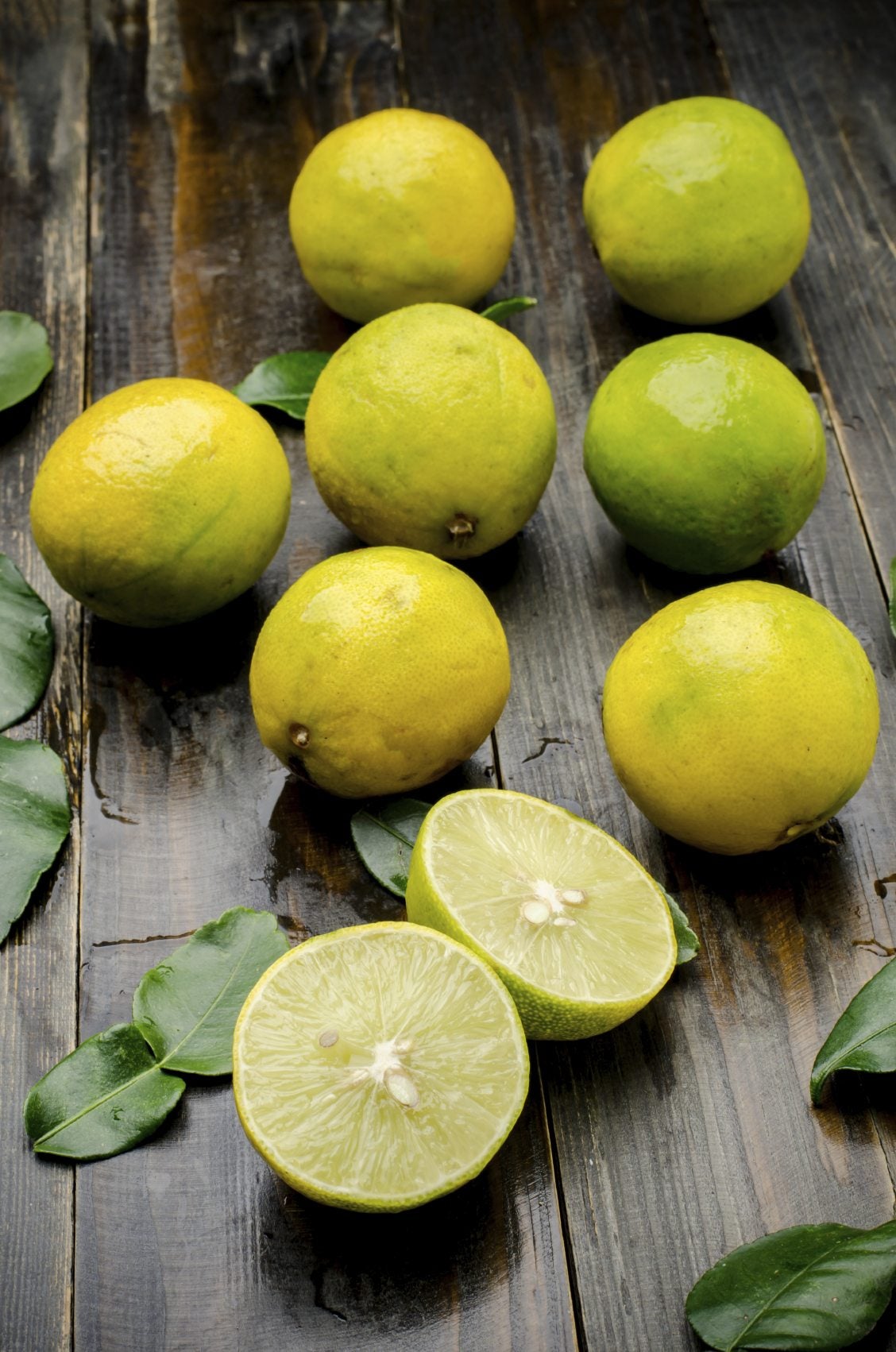Are Yellow Limes Bad: What To Do With Yellow Limes

Limes aren’t just good in a virgin (or otherwise) margarita. A squirt of lime goes a long way enlivening and enhancing flavor. When we purchase limes, they are generally fairly firm but with a slight give and uniformly green in color. What happens if you encounter limes with yellow skin though? Are yellow limes bad?
Are Yellow Limes Bad?
If you have neglected to use your limes in a timely manner, you may end up with limes that are yellow. This will be especially true if you have stored them in an area of sun exposure. The sun causes them to turn yellow and will change the flavor of the lime.
So, are limes with yellow skin bad? No. In fact, depending upon the variety of lime, the flavor may be even more intense and juicier or more on the bitter side. Limes are of two ilks, sour or sweet. Sweet limes are not readily available at the grocers so we more commonly use sour limes, which are higher in citric acid, hence tarter.
There are two types of sour limes commonly available: the Tahitian and the Key or Mexican lime. Of the Tahitian limes, there are the oval Persian (Citrus latifolia) and the smaller, seedless Bearss. Key limes (Citrus aurantifolia) are even smaller and far more acidic than the Tahitian variety.
Sweet limes might be mistaken for lemons since they are yellow when ripe and ready to use. They have less acid than Tahitian or Key. They are popular in India, Vietnam, Egypt, and along the Mediterranean coast. Limes are yellow when they are fully ripe and develop sugars that make them delicious at this stage.
They are not sold when yellow because unripe fruit is easier to ship since it is harder, and stores longer when unripe. If limes were shipped to the supermarket when they were ripe, they might be over-ripe by the time they get there and well on their way to spoiling. Yellow limes will undoubtedly be squishier than their hard green counterparts. T
hat said, most limes are picked when green and immature. Limes can be stored at room temperature for a week, but limes that need to be stored for any length of time should reside in the crisper of your refrigerator and will keep for between 10 to 14 days.
Sign up for the Gardening Know How newsletter today and receive a free copy of our e-book "How to Grow Delicious Tomatoes".
What to Do with Yellow Limes?
Eat them, of course! Or at least try them. If they are a sour lime, they may be a bit bitter but if they are sweet, they will be sublime. What if limes are turning yellow on your tree? What to do with these yellow limes?
As mentioned, limes yellow as they ripen and subsequently they drop from the tree. The Mexican lime bears fruit year-round, peaking May through June and November to December. Tahitian limes also bear year-round, but peak during the summer. If you don’t regularly harvest the limes, chances are good you will find yellow limes that have dropped from the tree. Just check them for rot.
If they look good, they probably are. If you have limes that are turning yellow on the tree and don’t seem to be ripe, you may have a different problem entirely. Citrus trees are susceptible to any number of diseases that can affect fruit-- time to diagnose and treat if possible.
Next time, select disease resistant stock to avoid disorders such as citrus blotch, which can cause skin yellowing. Heavy precipitation can also result in limes that are turning yellow on the tree. Fruit splitting, the result of heavy rains, leads to yellowing and rot as well as premature fruit drop. These fruits should probably not be eaten since the open “wound” may now harbor bacteria that could make you sick.

Amy Grant has been gardening for 30 years and writing for 15. A professional chef and caterer, Amy's area of expertise is culinary gardening.
